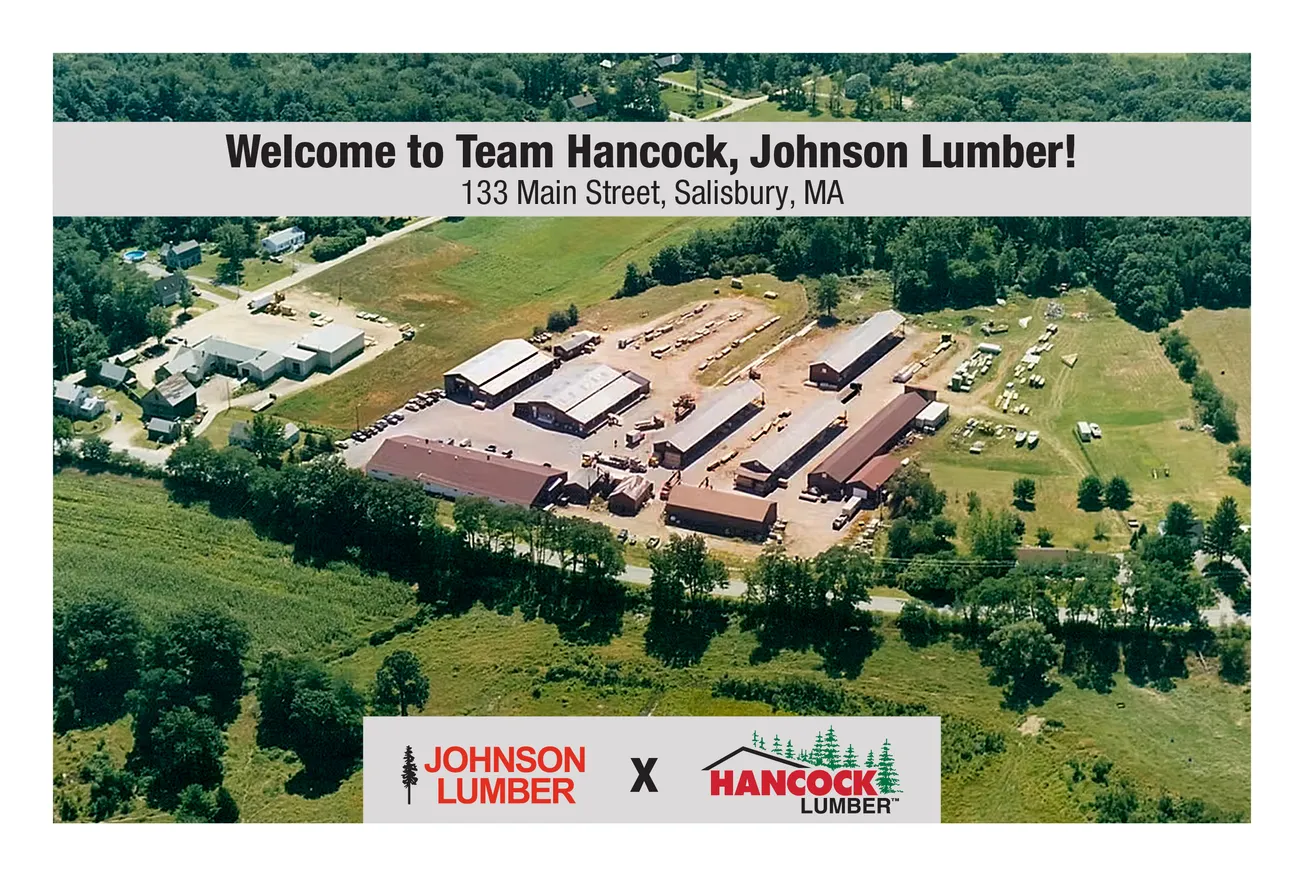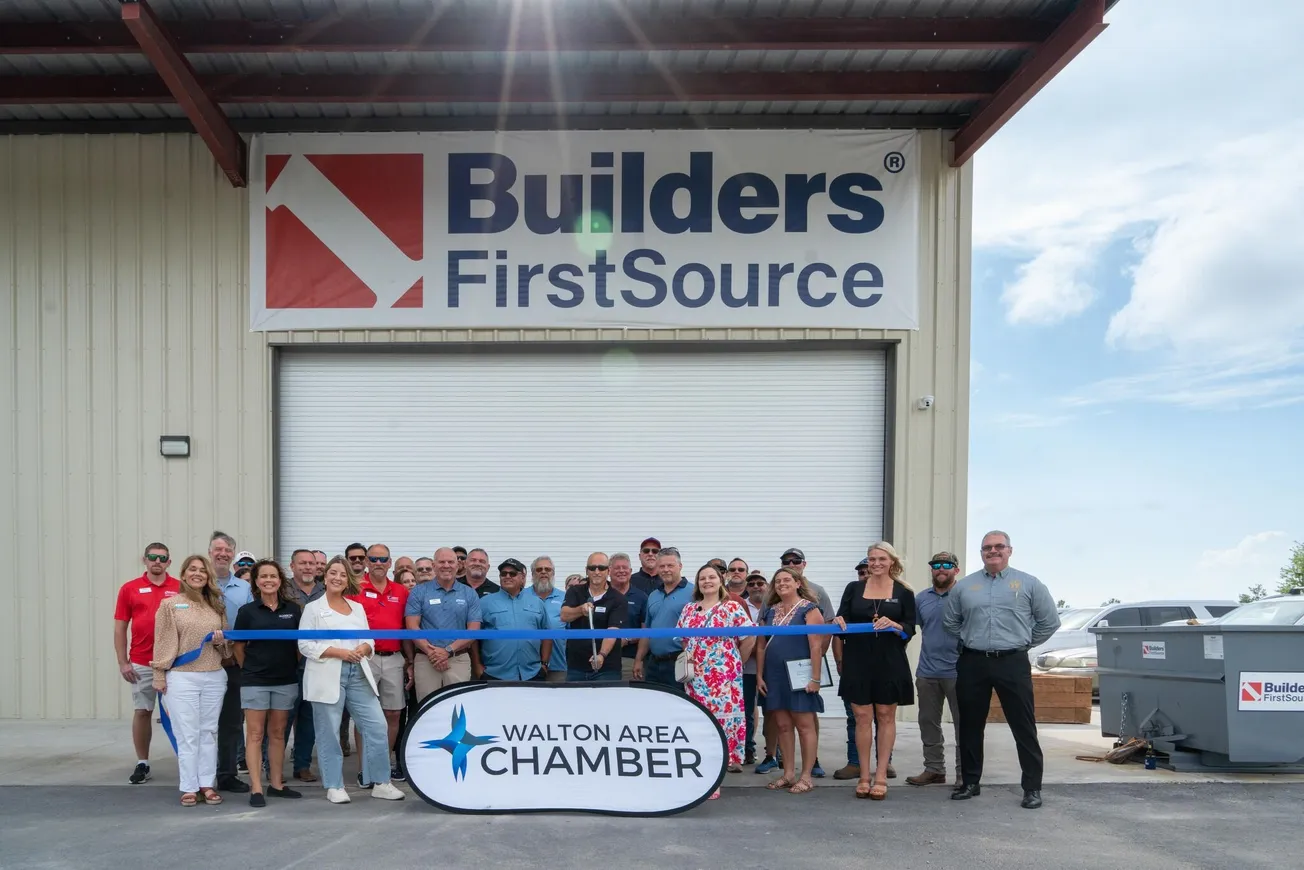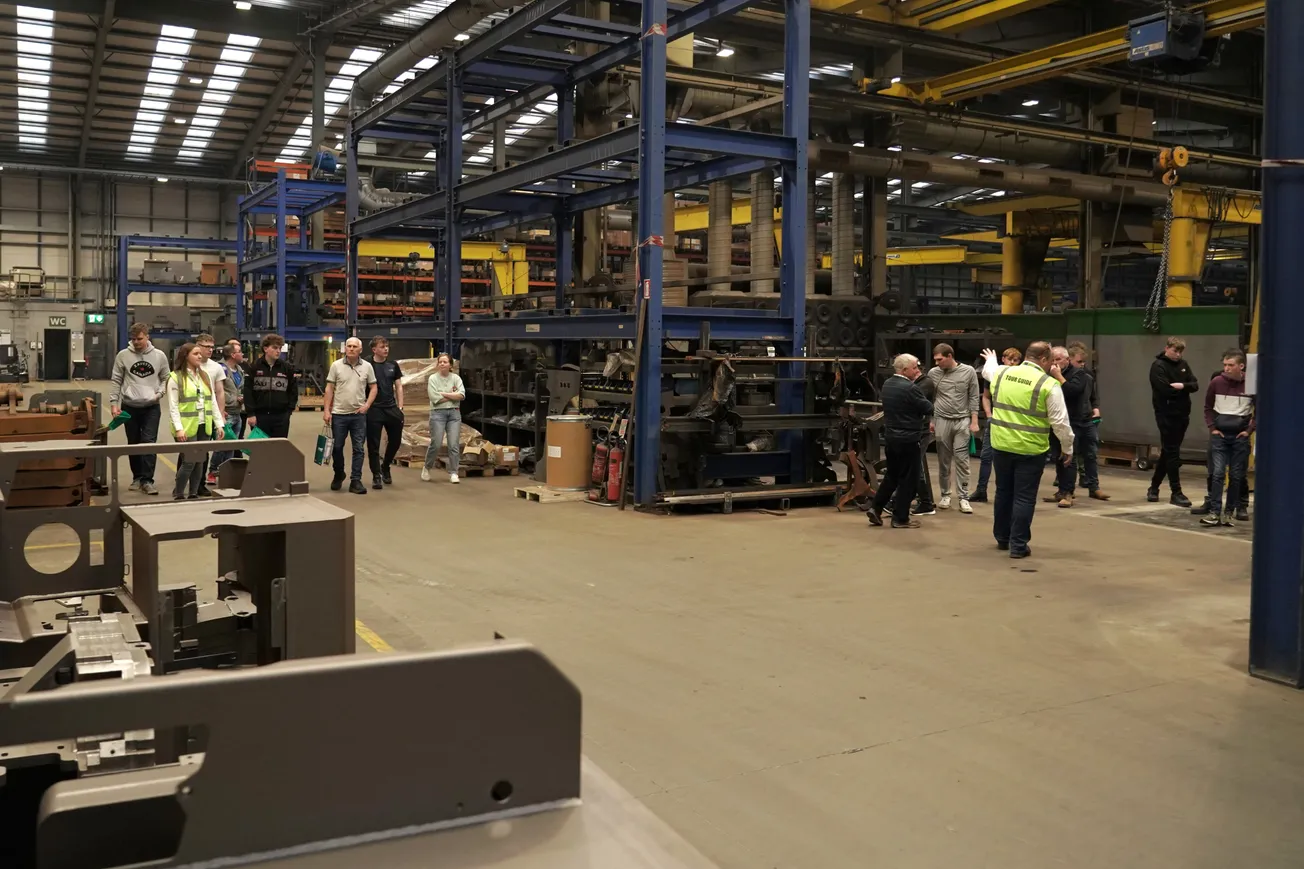Table of Contents
June 1933. Deep in the middle of the Great Depression. President Franklin D. Roosevelt, as part of his New Deal, instituted the National Industrial Recovery Act (NIRA), legislation authorizing the President to regulate industry and permit cartels and monopolies in an attempt to stimulate economic recovery.
The Administration believed that government had a critical role to play in the recovery of the country through, among other things, the fostering of trade associations, limited regulation, and support for fair trade practices and democratization of the workplace. The President himself, once the head of a trade association, believed that government promotion of “self-organization” by trade associations was the most effective method for achieving national planning and economic improvement.
The NIRA established upwards of 765 industry and supplemental codes for basically every type of industry in America, including the wood products industry. National, regional, and local code boards had to be established to interpret and enforce NIRA.
In short time, the Lumber Code Authority was established to monitor and reinforce the code and its provisions, to include price filing by lumber manufacturers. (Lumber mills were required to file their prices with code authorities and provide advance notice of price changes.) Also included in the provisions: maximum employee work hours, minimum wages, set worker’s wage, field inspections, and forest conservation requirements.
And thus, the Northeastern Lumber Manufacturers Association (NELMA) was born, created to administer and monitor the provisions of the Lumber Code Authority in the Northeast.
Two years later, the Supreme Court ruled unanimously that the NIRA was unconstitutional. While NELMA’s regional code agency duties were dissolved, the association’s board of directors decided to build upon industry relationships and transformed NELMA into a voluntary trade organization to represent the Northeastern Lumber industry on common issues.
Changes Through the Years
Looking back on the last several decades, Mel Bowman, owner of A.D. Bowman & Sons Lumber in Castle Creek, NY, and NELMA chairman from 1981-1983, remembers the lean years.
“The two years I was chairman of NELMA were recession years, and times were tough,” reminisced Bowman. “We always had strong educational programs to offer our members, designed to keep them updated on timely topics and news items. It was a challenge to keep the programs running and control expenses; our goal was always to keep up with the members and be there for them.”
Randy Caron, NELMA chairman from 1989 to 1991, was involved with the Association for 33 years and sees one of the biggest changes over the years in the mills themselves.
“Once upon a time, NELMA had more than 70 mills as members—they weren’t big production mills, they were smaller, family-type mills,” Caron remembers. “Now there are about 50 mills. But what’s interesting? In the past there were more mills and less lumber produced. Now we have fewer mills, but lumber production numbers keep hitting record levels!”
Jeff Easterling became president of NELMA on March 1, 2001, and hit the ground running. “The opportunity to work with the NELMA members was intriguing,” commented Easterling. “It’s a very close-knit, professional organization, the location in Maine was exciting, and it looked like a strong, upward move.”
Easterling’s first orders of business: bring the association up to speed technologically, evaluate the existing programs and their strength, and brainstorm on additional added-value items to enhance member services.
The Export Packaging Program
Two months after Easterling became president, an incredible opportunity was dropped on his plate: For NELMA to become part of an international verification standard program developed to reduce the movement of forest-destroying pests globally through wood packaging used in exporting goods. A special meeting of the NELMA board of directors was called and the program was approved with the goal of signing on 50 mills in the first year. “We got 50 mills in the first week and 200 the first month!” commented Easterling.
The program is now in a mature state as most all companies involved in exporting have signed onto the program as a necessity, rolling along well annually and supporting mills worldwide. The program has been adopted by every civilized country in the world, and due to its very nature and purpose, there will always be a place for it.
Caron credits the Export Wood Packaging Program with providing enough additional funding to NELMA to create a full-scale marketing program: “NELMA’s biggest job is to provide services to our member mills. We needed marketing, and the export packaging program gave us the funds to start what’s become a fantastic marketing effort for the association.”
Marketing Eastern White Pine (And Spruce, And Red Pine…)
“NELMA is much more of a well-rounded agency now than they were back in the day,” says Caron. “Before, we were just a grading agency. We used to have a little marketing, but not like we do now!”
The current award-winning marketing program at NELMA includes advertising, retailer-focused marketing, a significant online and digital presence, and public relations.
Recent Highlights
Among the many successes over the last two decades, Easterling counts the following as the most impactful to the progress of the Association:
- NELMA created the first (and still only) proprietary inspection app for iPhone, dramatically improving inspection efficiencies; the technology is upgraded regularly and is now available on various platforms;
- Personnel expansion to meet member growth needs and increase ability to quickly and properly answer member requests;
- Thanks to the recent merger with the Northern Softwood Lumber Bureau, NELMA’s inspection footprint now covers 20 states including all of New England and out into the Great Lakes region;
- Shepherding Norway spruce through the strength value process, the first new species to undergo testing and gain acceptance since the 1920s, which resulted in Norway spruce being added to the SPFs species grouping.
“Adding in these new programs is what persuaded the Lake States to join forces with NELMA,” commented Caron. “It just made sense for the two groups to band together for a stronger, more impactful presence in the U.S.”
Why NELMA?
In a time when associations are sometimes questioned for their continuing validity and value to members, what’s keeping NELMA on a path of continued growth? According to Bowman, it’s common sense: “It’s important for mills to band together to meet the frequent regulations coming down the pike, not to mention increased pressure for competing building materials; it’s a big help to meet people from other legislative territories and share information that helps all of us.”
“It’s always been, and still is, about the people,” added Caron. “We all help each other, as much as we can.”
Bowman agrees: “The members. It’s about the members. You make friends over the years, your families become friends, and maybe you do business with each other. The annual meetings are a great place to pick each other’s brains, talking about emerging technologies and sharing stories in the down times.”
When asked about the one biggest challenge affecting the Association, all three agreed that it was the desire to make sure the association remains relevant, both to members and the overall industry. “We want to be visible and viable in a positive way to our members, but beyond them as well, to the rest of the U.S., and our peers in the grade rules writing and inspection industries,” Easterling added.
“As with any lumber association or wood resource, it’s a constant challenge to educate people that trees are a truly renewable resource,” commented Bowman. “People still believe it’s bad to cut trees! Educating our audiences with the correct facts seems to be something we continue to tackle year after year.”
Looking ahead into the future for NELMA, Caron feels confident about where the association is and where it’s headed. “The programs we have now are what will carry the association well into the future.”






